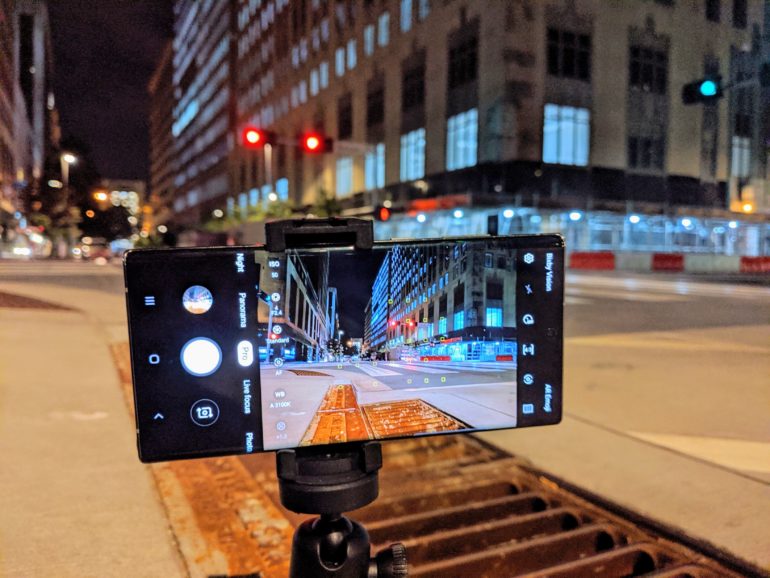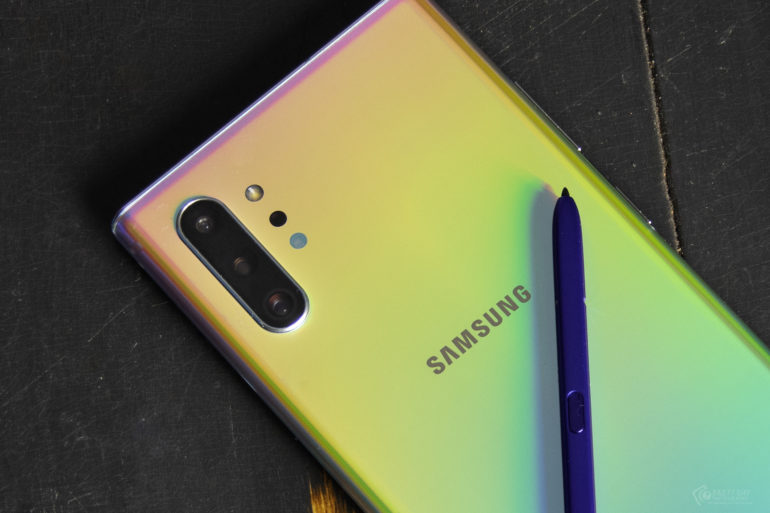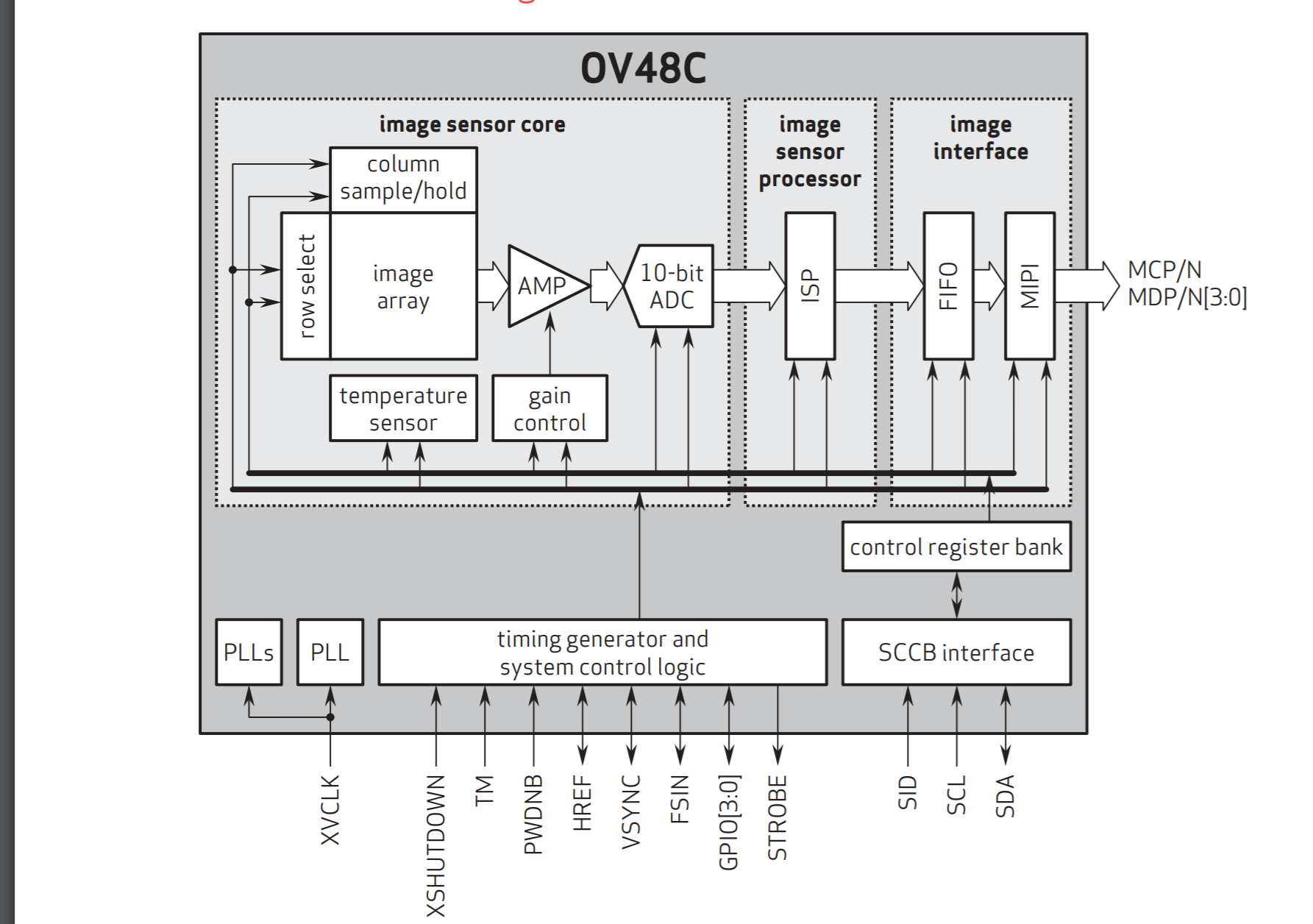Last Updated on 01/08/2020 by Mark Beckenbach
Smartphone cameras will progress in leaps and bounds during 2020.
CES 2020 has given us a glimpse of the future in regards to new computers for creators, and some of Nikon’s roadmap for the coming year. But quietly, over in a corner, an announcement from Omnivision about a new smartphone sensor made our ears tingle. It seems as though the digital imaging company has a new 48-megapixel sensor up its sleeve, and it is destined to bring considerable improvements to smartphone cameras by way of excellent low light performance and 8K video. Join us after the break for all the details.
According to a report published on The Dead Pixels Society, the 48-megapixel OmniVision sensor will be quite the powerhouse. The OV48C (a name that just rolls off the tongue) will enable smartphones to have genuinely great night modes thanks to a micron pixel size of 1.2. It is also the world’s first sensor designed for smartphone cameras to have on-chip dual conversion gain HDR. This technology basically eliminates motion artifacts and produces an excellent signal-to-noise ratio (SNR), which is what’s needed for low-light photography.

The sensor will also offer staggered HDR, which will allow the phone to choose the optimal HDR settings for the camera based on each individual scene it shoots. There is no doubt that smartphone cameras and smartphone photography will play an even more significant role in 2020 and beyond. And the news of this new sensor serves as proof that manufacturers can sense the market is waiting for new technology like this with bated breath.
In addition to these new features, the 1/1.3″ sensor OV48C sensor will also offer 8K video in real-time, thanks to an on-chip, 4-cell color filter array, and hardware re-mosaicing. This technology will ensure the camera provides high quality, 48MP 8K video. Why we need 8K right now when 4K is only starting to be adopted by the masses is beyond me. It’s not like the majority of people have the means to go out and buy 8K capable displays, or computer hardware powerful enough to process it. But, it’s coming, whether we are ready or not.

At the end of the day, smartphone cameras are going to play a much bigger role in the photography world going forward. As our E-I-C, Chris Gampat says in this post, the real threat to the likes of Canon, Nikon, Fujifilm, Sony, and others is not each other: it’s the likes of Google, Apple, Huawei, and Samsung. If you’re interested in learning more about this sensor and its specs, you can check out a product overview here.


